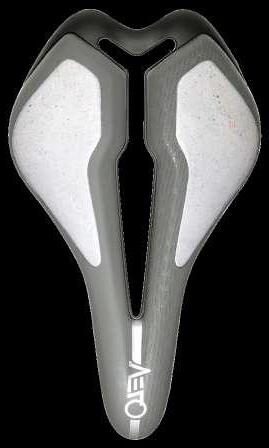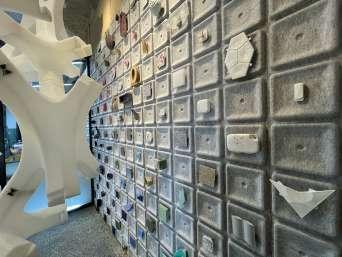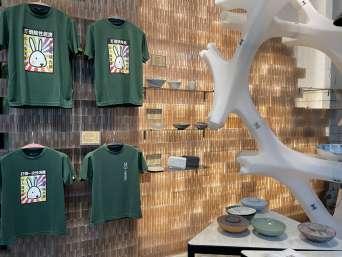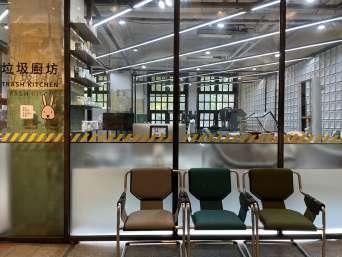
5 minute read
ANN’S VOYAGE
from VELO Magazine 2023
by Vision Index
Miniwiz Revolutionizes Circular Economy By Upcycling Trash
Most likely, Arthur Huang, founder and C.E.O. of Miniwiz can relate to “pioneers travel along”. While most companies all over the world try to learn about ESG (Environmental, social, and governance), Arthur had been leading his team on the path to combat climate change and global warming for over a decade. Ann Chen, V.P. of Velo recently visited their office to pick Arthur’s brain.
Advertisement
One might be surprised to find everything in Miniwiz’s R&D office, from chairs, construction materials, sunglasses, suits, and sneakers to bags are all products upcycled from the trash. Claiming “trash is sexy,” Arthur walks the talk by manifesting various upcycled utilitarian objects.
From the 9-story EcoARK in 2010 Taipei Flora Expo made from plastic bottles, Nike Lab built from thrown-away-sneakers-turned bricks, the inflatable SkyWing rest area built from recycled plastic bottles in Suvarnabhumi Airport, Thailand, and the ongoing AR-1-2 Taipower Distribution Center urban renewal project in Nankang, these are just a few of his international embodiment of circular economy in intelligent architecture. All these cases infused with unlimited innovations subverted people’s preconceptions and stereotypes toward garbage recycling, sustainability and zero carbon emission.

ARTHUR HUANG, THE HAPPY LONE SUSTAINABILITY PIONEER
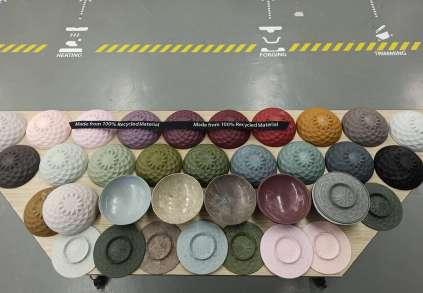


How did Arthur start his sustainability journey? It started with a fierce fire toward fast fashion. “Growing up in fabric and shoe industries, seeing factories with two-week or even one-week product life cycles making cheap $10USD shirts and $20USD jackets, no wonder factories never cared about wastewater management. Under this circumstance, a sustainable environment simply only exists on paper!” Arthur doesn’t see the need to hide his tree-huger sentiment.
Studying archaeology in Rome one day, Arthur found the walls of the Pantheon were full of trash. It struck him that if one of the most beautiful architecture was made of trash, he can also contribute to the world by building upcycled cycle architecture made of trash! “Human beings are closely connected to architecture which produces the highest carbon emission. Most people have the wrong impression that cows make lots of CO2. In fact, 40% of CO2 is made in architecture while 50% of global energy is spent in architecture, such as air conditioning and construction. The second highest contributing sector of CO2 is transportation.”
Inspired by ancient Roman architecture, Arthur founded Miniwiz dedicated to challenging climate changes and environmental pollution. His core techniques can upcycle disposable plastics, and other wastes like metal and glass into architecture modules, installations, furniture, and medical supplies. Recently, trash such as cigarette butts, fabric, paper, broken glasses, masks, and DVDs were deconstructed and reconstructed into various water-resistant, moldresistant and fire-proof cycle construction materials. Since architecture requires a lot of materials, Arthur transforms tons and tons of waste to be utilized in new buildings to repay love to Mother Earth.
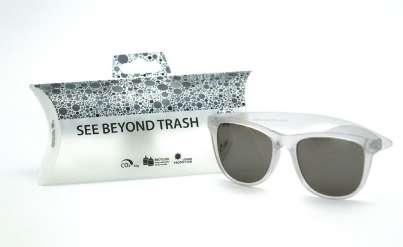
“For example, we collect the waste material from the production lines making Velo saddles and make them into bricks that compose Velo’s new factories. Now, this is referred to as green cycle.” Arthur smiles and points to the saddles brought by Ann and summarizes his story of the past two decades from the huge investment in equipment to challenges in R&D, and difficulties in marketing in the early stages. Now, Miniwiz has invented more than 1200 applications for recycled materials and has become the leading brand in sustainable innovation. These seemingly endless possibilities in new construc-tion materials expand people’s horizons in architecture.
Bringing several Velo saddles along to learn from Miniwiz, Ann was impressed by the unlimited prospects of recycling. Wearing the sunglasses gifted by Arthur, Ann was happy to see that these recycled sunglasses are actually nice-looking and fashionable!
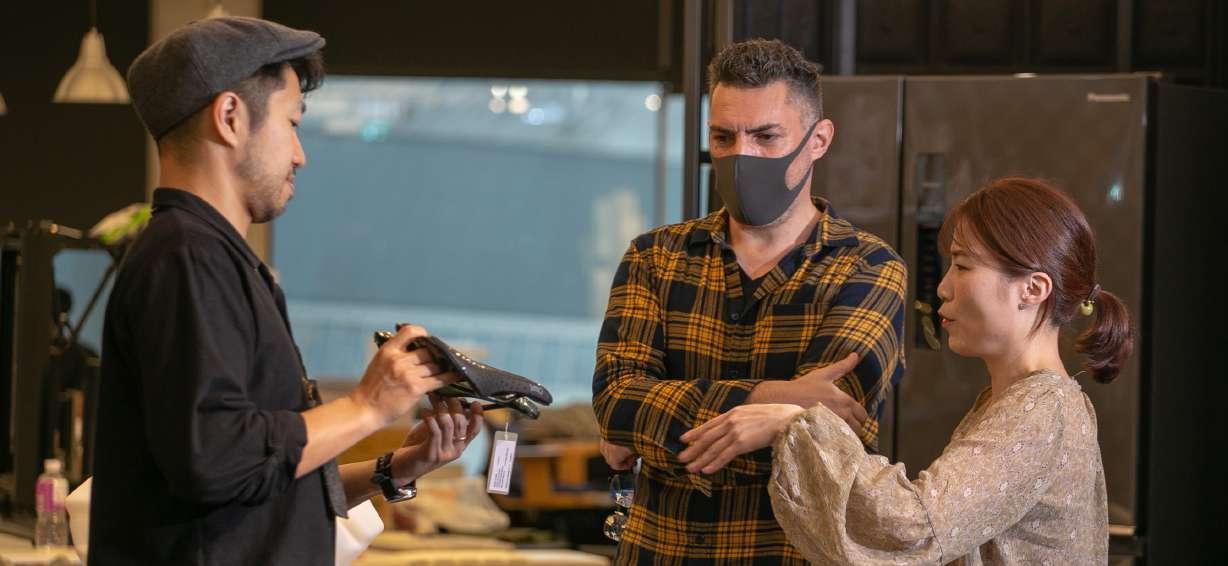


RECYCLE AND REUSE VELO VP ANN CHEN’S GRAND PLAN FOR SUSTAINABLE SADDLES
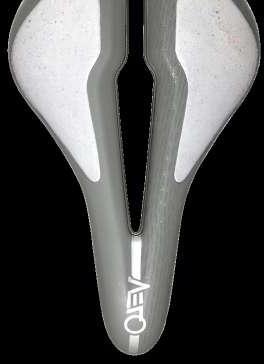
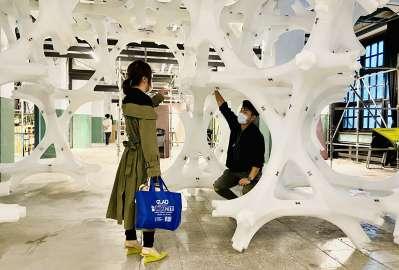
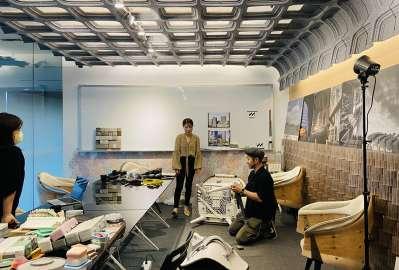
Ann knows that bicycles are generally considered to be a more environmentally friendly mode of transportation compared to cars or other motor vehicles. However, the manufacturing process itself can contribute to pollution and carbon emissions. Similar to Miniwiz, innovation is the most essential element in Velo. Ann’s current mission is to make saddles more sustainable in construction and production. “Our ultimate goal is to recycle and reuse. We have been using the most advanced materials and developing more and more greener materials. But my dream is to make saddles adaptable so that the customers can pick and choose parts in our stores to tailor to their individual liking.” Ann explains that the saddles are made in one piece now, but she hopes to find a way for customers to construct their own perfect saddles.
Listening to Ann with full attention, Arthur suddenly stood up, picked up a chair, took it apart and then put it back together. Arthur asks Ann, “is this what you want? It’s like the furniture that one can personalize similar to working with Lego bricks. I can change the height of this chair to fit the desk, or to match a sofa.”
Ann was quite impressed by the rapid thinking of Arthur to provide an instant example. “Yes. We want to make more choices available to the customers in materials and designs. Cyclists can change elements of their saddles according to their preferences, moods, purposes, or distances by picking desired accessories for each time they ride. Or when a part of the saddle is broken, the rider can replace that small part like getting a new phone case to make Velo saddles more sustainable.” Ann stresses that being the part that is closest to cyclists, the saddle is one of most important components of the cycling experience. Therefore, comfort, flexibility, safety and weight-bearing durability are all important parts of making a great saddle that contributes to a joyful ride and helps riders perform better.
Arthur says they never allocate any budget for marketing because their investment in R&D IS marketing. Trying to recycle trash into innovative materials that constitute a sustainable future is easier said than done. If Miniwiz does not transform dreadful trash into new materials, architects and designers can’t construct any green buildings at all. Miniwiz closes the gap between recycling and cycle construction industries, or rather, made a bridge between them to expand the room in which sustainable materials can apply.
There is a bike at the entrance of Arthur’s office. As a cyclist, he is very interested in Ann’s idea. “Maybe we can ask more bike companies to work together and invent a whole new concept bike with completely new materials and designs. It will be so cool to solidify Ann’s idea and create such a concept bike!” Always spinning new ideas, Arthur gets excited when he thinks about new collaboration projects!
Last but not least, Arthur takes Ann to the Miniwiz Trash Lab Concept Store where anyone can come in and experiment. People can see how trash is recycled and made into something new and can sign up for some DIY (Do-It-Yourself) projects to make something that they can use daily. There is a huge circular installation comprised of recycled LLDPE (Linear Low Density Polyethylene) thin layered blocks that can be taken apart and put into any desired shapes. Visitors can climb this gigantic installation as if fish swimming among coral reefs to join in a circular revolution in dealing with trash from a new perspective.
